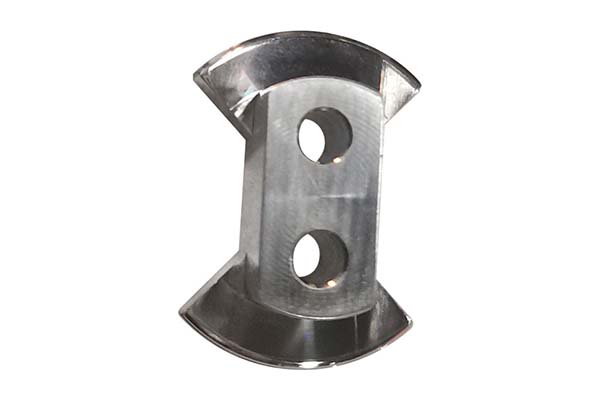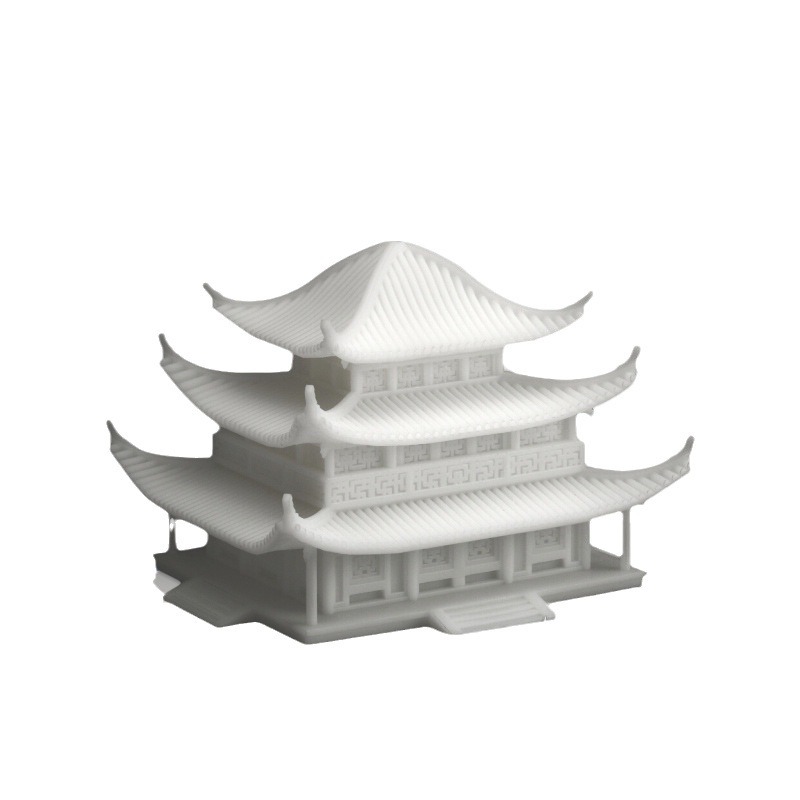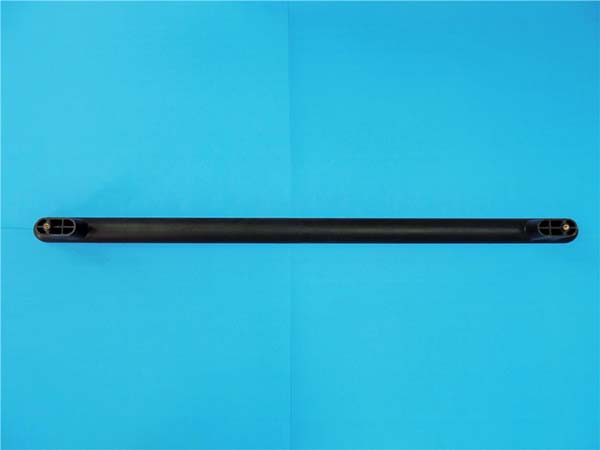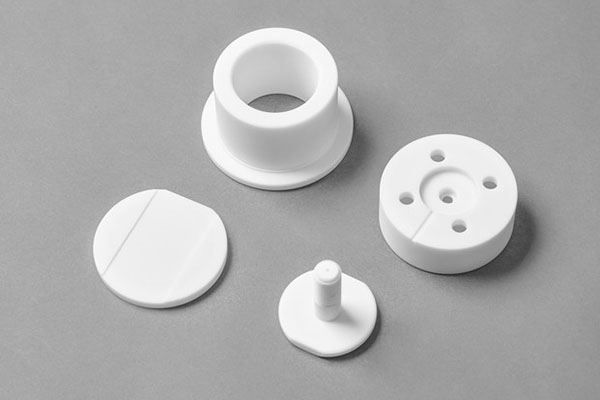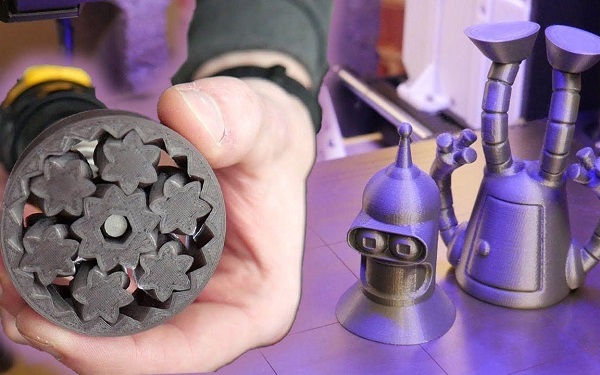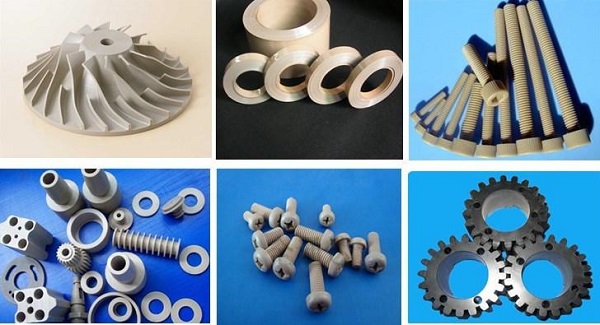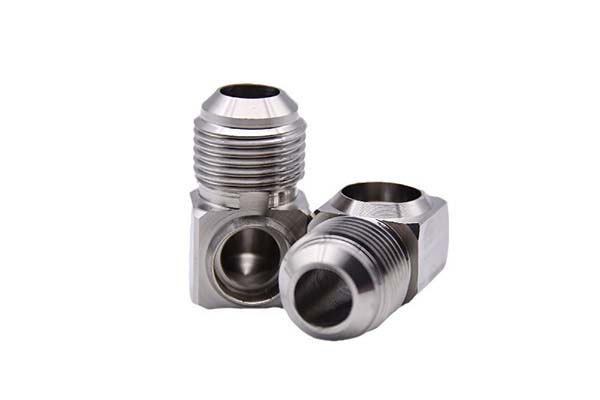Introduction
3D printing, also known as additive manufacturing, has revolutionized the manufacturing industry in recent years. This technology allows for the creation of three - dimensional objects by layering materials based on a digital model. It has found applications in a wide range of fields, from healthcare and aerospace to automotive and consumer goods. For example, in healthcare, 3D printing is used to create customized prosthetics that fit patients perfectly, while in aerospace, it enables the production of complex and lightweight parts that are crucial for fuel efficiency and performance.
Among the various types of 3D printing, metal 3D printing processes have become particularly important. Metal 3D printing allows for the production of high - strength, durable metal parts with complex geometries that are often difficult or impossible to achieve through traditional manufacturing methods. These processes are changing the game in industries that require high - performance metal components, such as the aerospace and defense sectors.
The purpose of this article is to provide you with a comprehensive understanding of metal 3D printing processes. Whether you are an engineer looking to incorporate metal 3D printing into your projects, a manufacturer considering upgrading your production methods, or simply someone interested in the latest manufacturing technologies, this article will cover everything from the basic principles of different metal 3D printing processes to their applications, advantages, and limitations.
Common Metal 3D Printing Processes
Comparison of Metal 3D Printing Processes
There are several metal 3D printing processes, each with its own unique characteristics. Here, we will compare three common ones: Laser Engineered Net Shaping (LENS), Selective Laser Melting (SLM), and Electron Beam Selective Melting (EBSM).
| Process | Precision | Speed | Cost | Applicable Materials |
| LENS | Moderate precision, with a tolerance of around ±0.2 - 0.5mm. This is due to the relatively large spot size of the laser beam used in the process. | Slow. LENS typically has a lower deposition rate as it adds material layer by layer in a relatively small volume at a time. | High equipment cost, but the cost per part can be moderate for large - scale production. The high - power lasers and complex control systems contribute to the high initial investment. | A wide range of metals, including titanium, nickel - based alloys, and some steels. |
| SLM | High precision, achieving tolerances as low as ±0.05 - 0.1mm. The fine laser beam allows for the creation of very detailed features. | Moderate speed. It can build parts layer by layer at a reasonable pace, but the build time still depends on the complexity and size of the part. | High cost. The high - power lasers, high - quality metal powders, and the need for a clean, inert - gas environment increase the overall cost. | Many metal powders, such as stainless steel, aluminum alloys, and precious metals like gold and silver. |
| EBSM | High precision, with a tolerance of about ±0.1 - 0.2mm. The electron beam can be focused precisely, enabling the production of detailed parts. | Fast. EBSM has a relatively high deposition rate because the electron beam can heat and melt the powder quickly. | High equipment cost, but the cost per part can be competitive for high - volume production. The need for a vacuum environment and electron - beam - generating equipment adds to the expense. | Titanium alloys, nickel - based superalloys, and some refractory metals. |
As you can see from the comparison, the choice of metal 3D printing process depends on various factors. If high precision is your top priority, SLM might be a better choice. For applications that require high - speed production and can tolerate slightly lower precision, EBSM could be more suitable. And if you need to work with a large variety of materials and are less concerned about the highest precision, LENS might be the right fit.
Yigu Technology's View
As a non - standard plastic metal products custom Supplier, Yigu Technology firmly believes in the bright future of metal 3D printing processes. With the continuous progress of technology, these processes will play an even more crucial role in the manufacturing industry.
Yigu Technology has been actively involved in providing customized solutions related to non - standard plastic metal products. We understand the importance of metal 3D printing in creating complex and high - quality components. By leveraging the advantages of different metal 3D printing processes, we can offer products that meet the diverse needs of our customers. Our services cover a wide range of applications, from prototyping to small - batch production. We are committed to promoting the development of the industry through our professional services, helping more companies take advantage of metal 3D printing technology to enhance their competitiveness in the market.
FAQs
What are the main differences between LENS, SLM, and EBSM?
LENS (Laser Engineered Net Shaping) uses a laser to melt metal powder as it's being deposited, allowing for the repair and building of parts directly. It has a relatively large laser spot size, resulting in moderate precision with tolerances around ±0.2 - 0.5mm. SLM (Selective Laser Melting) selectively melts metal powder layer - by - layer using a high - power laser, achieving high precision with tolerances as low as ±0.05 - 0.1mm. EBSM (Electron Beam Selective Melting) employs an electron beam to melt powder in a vacuum environment, offering high precision (±0.1 - 0.2mm) and high - speed production. In terms of applications, LENS is good for large - scale repairs and building; SLM is suitable for high - precision, small - scale parts; and EBSM is often used in aerospace for its ability to handle high - temperature materials.
How accurate is metal 3D printing?
The accuracy of metal 3D printing depends on multiple factors such as the printing process, the quality of the equipment, and post - processing. For example, SLM can achieve tolerances as low as ±0.05 - 0.1mm, while LENS has a moderate precision with tolerances around ±0.2 - 0.5mm, and EBSM has a precision of about ±0.1 - 0.2mm. Generally, the layer thickness also affects the accuracy, with thinner layers often leading to higher precision. However, thinner layers also mean longer printing times. Post - processing steps like machining can further improve the accuracy of the final part.
What materials can be used in metal 3D printing?
Common materials used in metal 3D printing include stainless steel, which is popular for its corrosion resistance and strength, often used in medical and automotive applications. Titanium alloys are widely used in aerospace and medical fields due to their high strength - to - weight ratio and biocompatibility. Aluminum alloys, known for their light weight and good thermal conductivity, are used in the automotive and aerospace industries. Other materials include nickel - based alloys for high - temperature applications, copper alloys for their excellent electrical and thermal conductivity, and precious metals like gold and silver for jewelry and high - end electronics.
